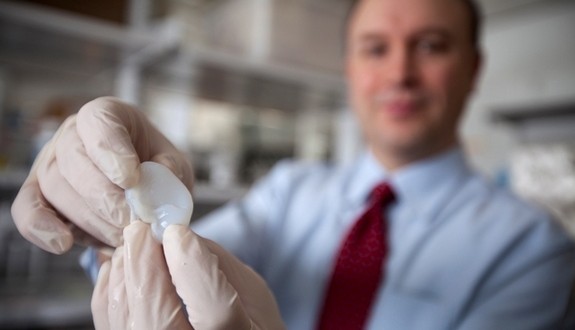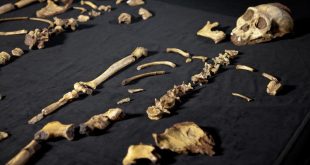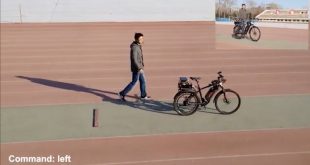By: Sarah Yao
Cornell University has developed a way to print a 3-D printed ear by scanning a child’s ear, creating a mold and then injecting the mold with a high-density gel. This is a huge benefit for children born with microtia. Since the ear is created from human cells, it will be easier to attach to the body. Wake Forest Institute For Regenerative Medicine has created a way to print of kidneys to help the 80% of Americans who are waiting for an organ transplant. Bioprinted kidneys are not yet functional, but when they are, doctors will be able to give the patient a perfect match. Wake Forest Institute also created a way to patch skin. A machine first scans the patient’s wound then fills it up with enzyme thrombin, cells mixed with collagen and fibrinogen, human fibroblasts, and finally a layer of skin cells. This can create a machine that can be used on the battlefield to patch soldiers’ skin. Washington State University has even created bones. They use ceramic powder, 3-D printers and a plastic binder. It is then baked and put into a group of human bone cells. This truly benefits accident survivors who suffer from complex fractures, and doctors could print out a custom graft that matches the fracture.
3-D printing can truly benefit all of us and save millions of lives just with a printer.
 Tempus Magazine By Students, For Students
Tempus Magazine By Students, For Students 



